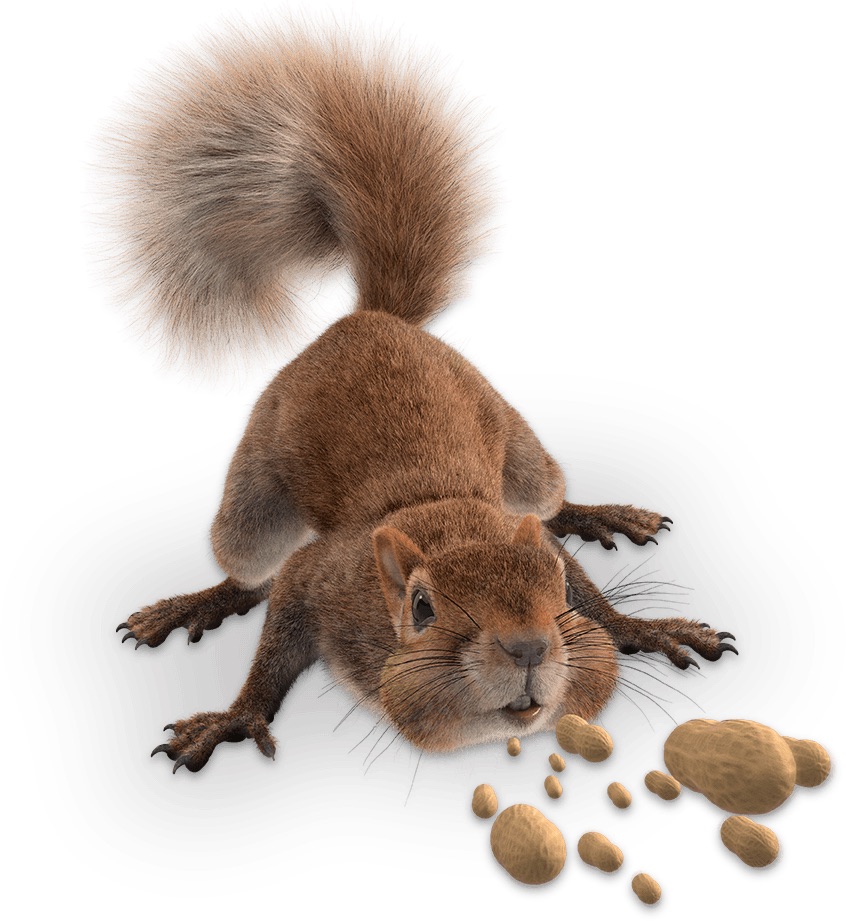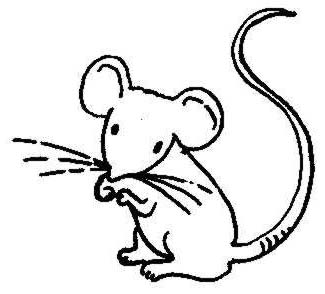
No matter how sophisticated a man thinks he is, once the number of individuals able to fill a social role largely exceeds the number of available roles, the consequence is the destruction of social organization. In a clear and disturbing parallel with our society, the researcher has highlighted a very delicate aspect of our existence. The researcher then identified and defined “the first death”, the social one, which preceded the second, the physical one. The pregnancies continued to decrease in number despite all the comforts and unlimited resources and after 4 years from the start of the experiment, in 1973, the last mouse of Universe 25 died. A maximum peak of 2200 specimens was reached which was followed by a drastic decline. The maximum number of specimens hypothesized at the beginning of the experiment, 3800 specimens, was never reached. However, “the beautiful” remained on the fringes of society, self-isolated, limiting their existence to simply feeding and isolating themselves from everything else. Those who gave up fighting, isolating themselves from the group, were classified by the researcher with the denomination of the “beautiful ones” since their hair and body were preserved from wounds. In addition, a daily battle routine was generated where the founding element, in order not to be marginalized by society, was the struggle and prevarication. The society of Universe 25 was pushed towards pansexualism (emotional, romantic, and/or sexual attraction towards an individual without giving importance to his gender). Furthermore, the inevitable removal of female specimens from aggressive males leads to a further decline in births due to the lack of reproduction. We gradually came to episodes of extreme violence that even resulted in cannibalism, bringing the mortality of puppies up to 96% of cases. This, however, did not stop the growing aggression of “alpha males”. The female specimens, on the other hand, were forced to hide in separate areas of the colony, with the aim of protecting their children. Instead, a hierarchical structure was formed where each male rodent strenuously defended his status, even at the cost of attacking his own offspring. It was noted that once a certain number of specimens had been reached, a generational change no longer took place. The first problem that arose concerned the social roles that were determined within Universe 25. Until then everything seemed to be working perfectly. Immersed in the “paradise of Eden” in less than a year they reached a population of 600 specimens. As expected, the mice began to reproduce, with the population doubling every 55 days. The healthiest specimens provided by the National Institute of Mental Health were selected, and placed in an enclosure with tunnels, separate nesting areas, and water dispensers continuously in action.

Unlimited resources for food, ideal temperature around twenty degrees, no interaction with external dangers, frequent cleaning of the environment, and enough space to accommodate up to 3,800 mice. Researcher John Calhoun set up the ideal habitat for four pairs of mice. Universe 25 experiments – The utopia of a perfect society He, therefore, understood that to observe and deeply analyze all the details of his search he had to rebuild a real society of rodents, a perfect society, a perfect utopia. John Calhoun then repeated the research in 1962, subjecting another species of rodent, gray rats, and finding the same dynamics and results as a few decades ago.

Intrigued by this, he expanded his studies to understand better what determined the birth block. In 1947 he began to conduct his experiments on a colony of Norwegian mice placed in an enclosure, finding that the number of the population did not reach the expected total.

He referred to these factors as the “ behavioral sink“.
#RODENT UTOPIA SERIES#
The ethnologist John Calhoun, starting in the second half of the 1900s, conducted a series of experiments, on different communities of rodents, aimed at demonstrating that the main factor that leads to the decline of a society is not only the lack of resources but also the social dynamics that inevitably develop within society itself. The Problem Of Overpopulation – What If We Are The Real Virus On The Planet? Experiments Universe 25 – John Calhoun and the birth block


 0 kommentar(er)
0 kommentar(er)
